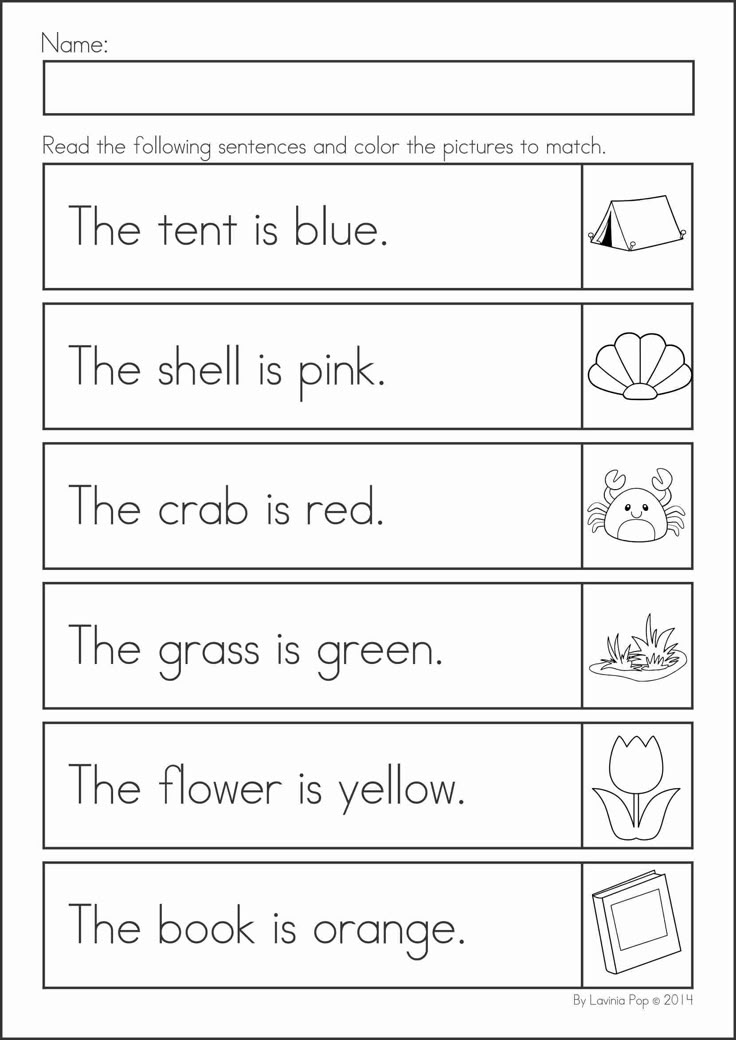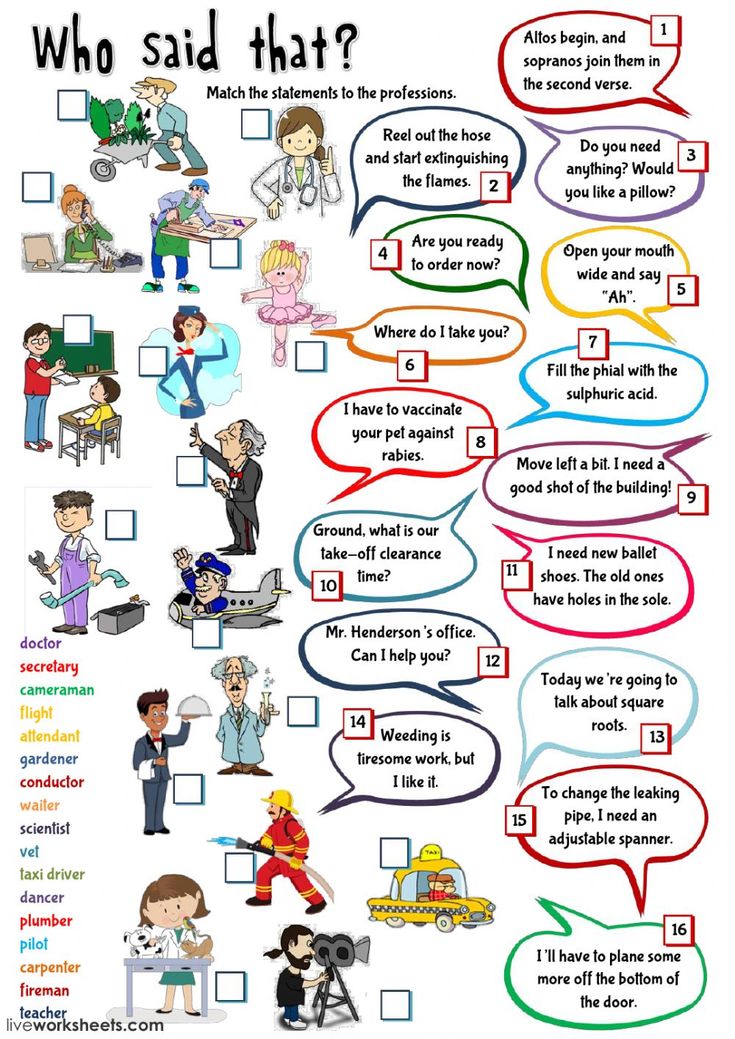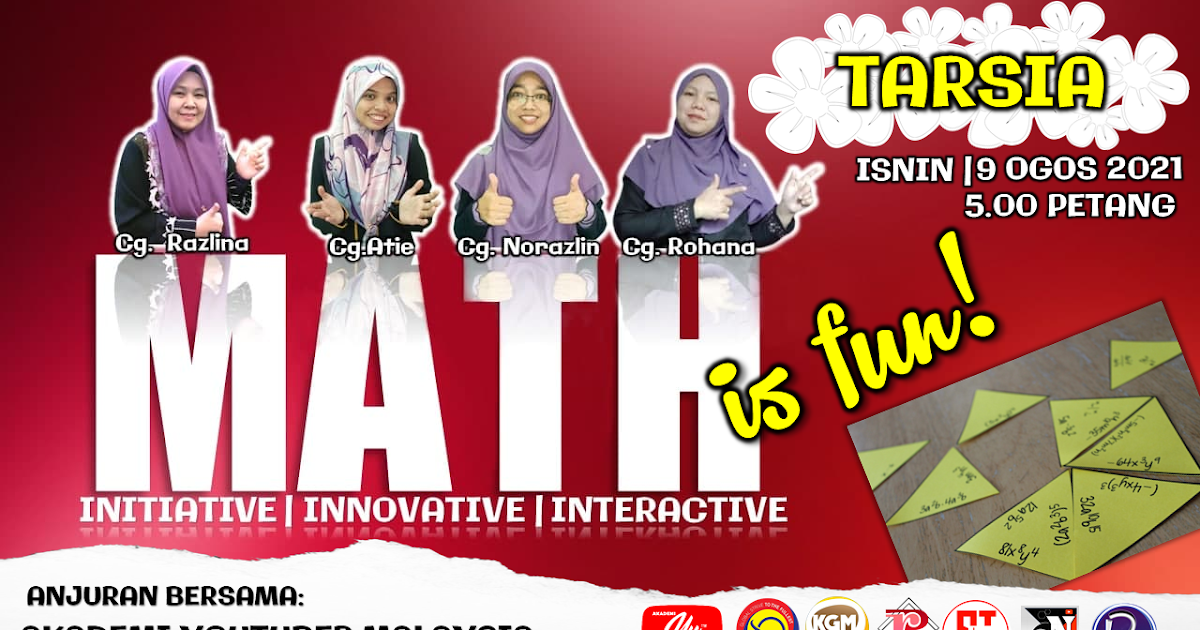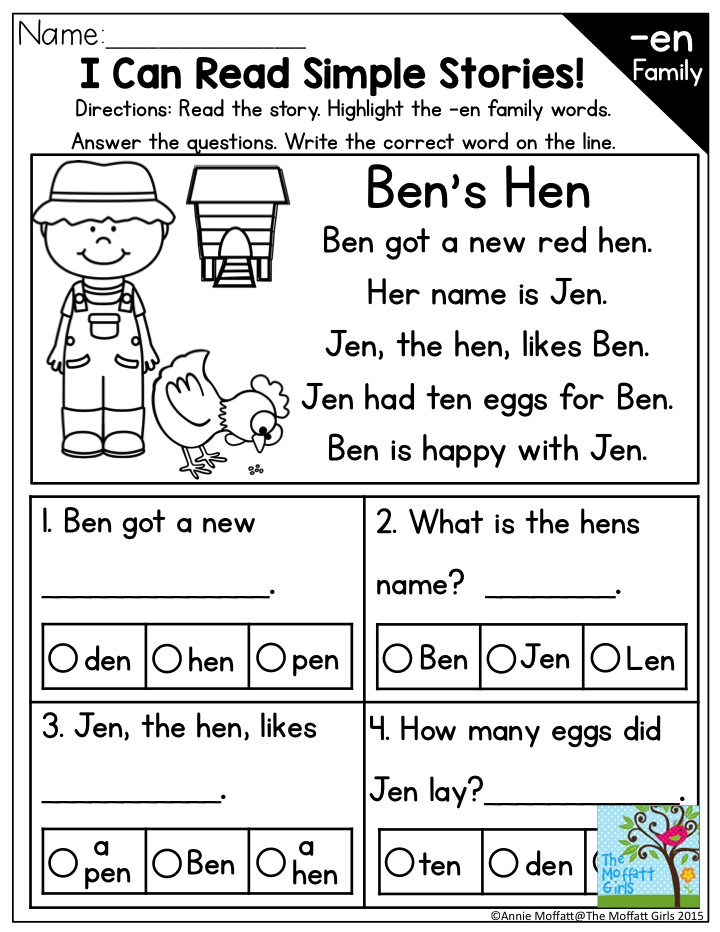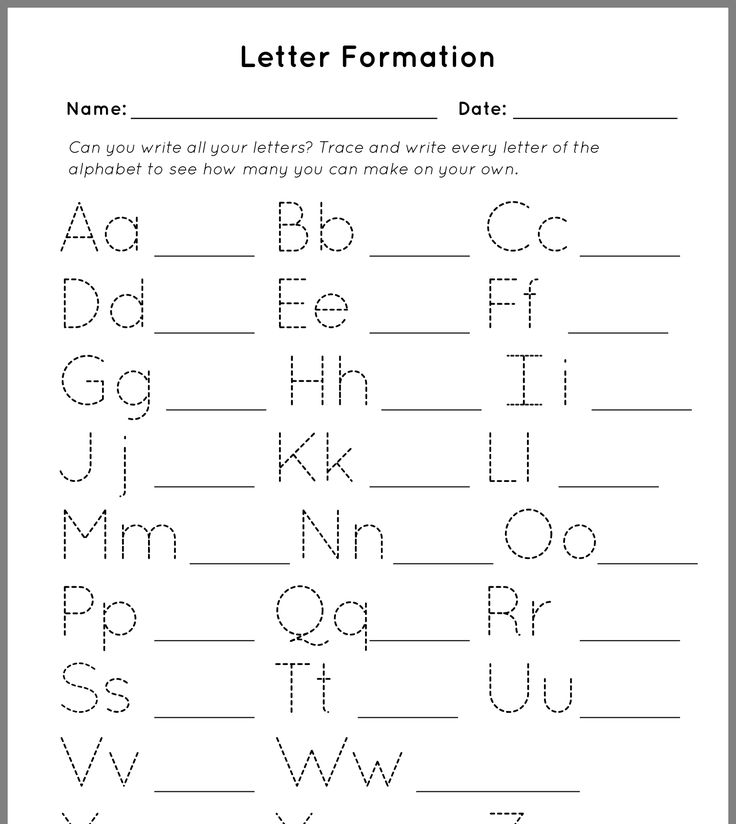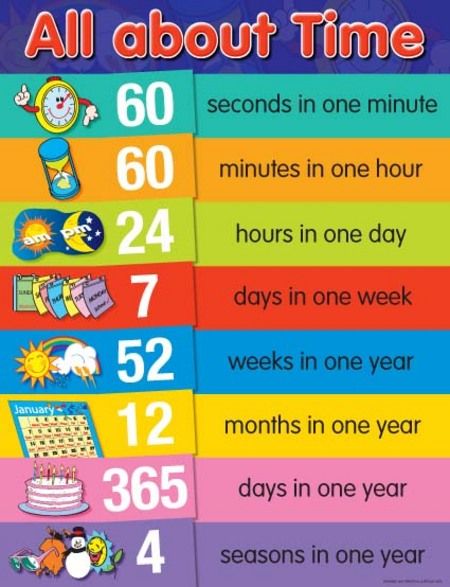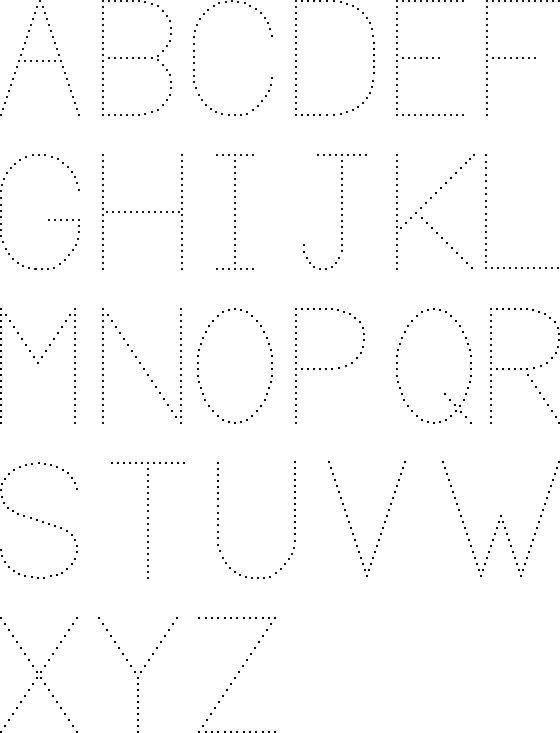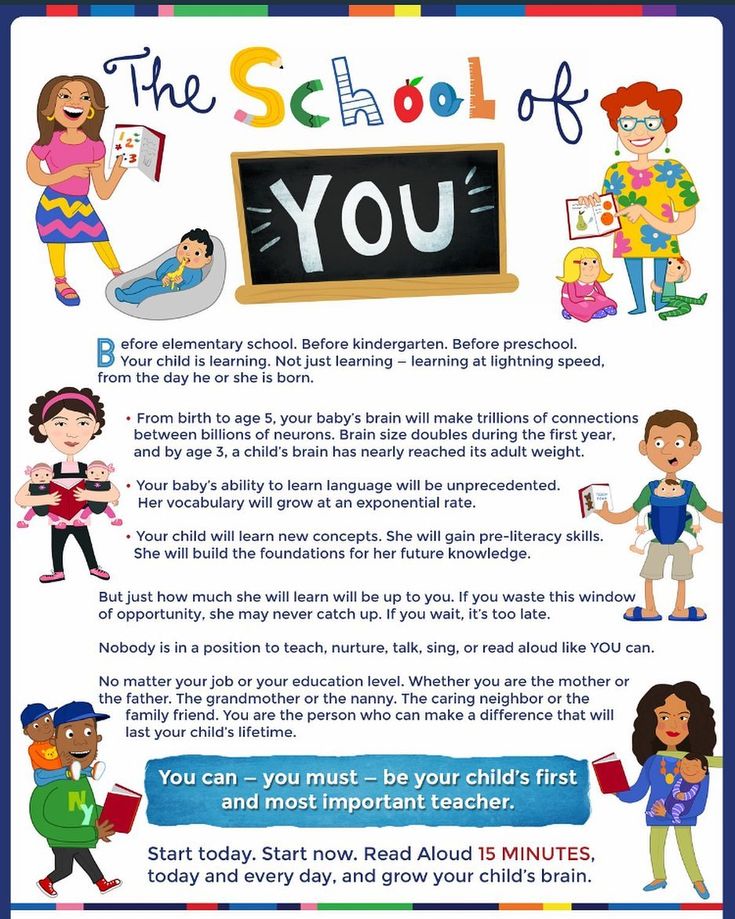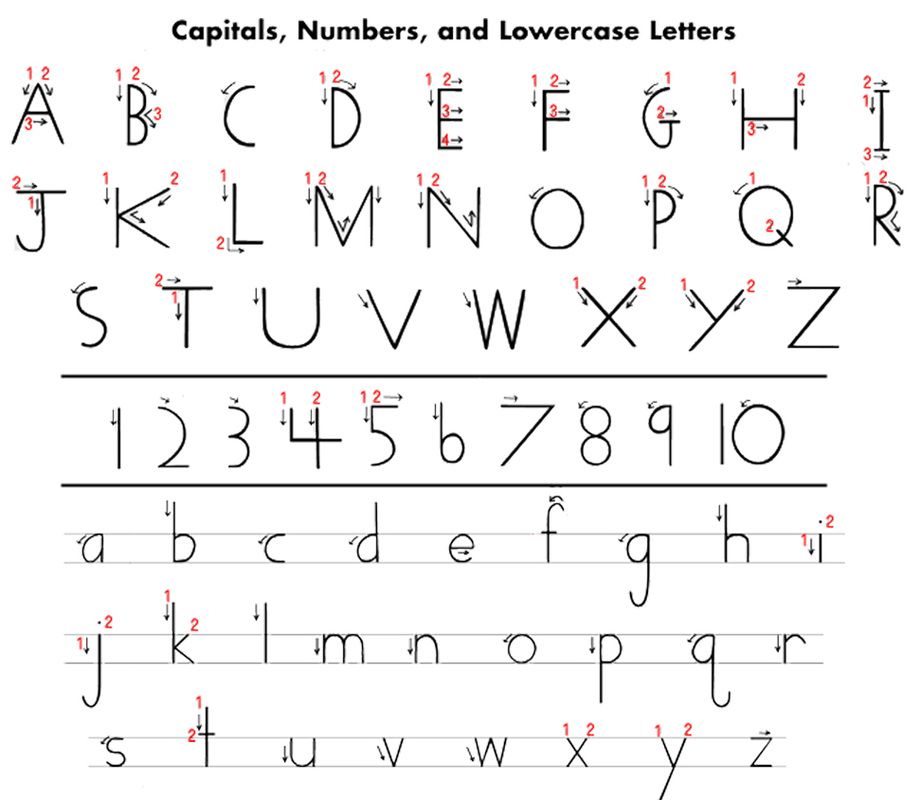Preschool learn to read books
The Best Learning to Read Books
The best learning to read books and resources that really work!
When I was a child, I was a huge bookworm like everyone else in my family! My mom read to me every day for more than an hour; and I couldn’t wait until I was learning to read books. I can remember how excited I was when I was able to read my first chapter book! So naturally, I thought everyone loves to read.
As a teacher, I quickly realized this wasn’t the case. Learning how to read books was frustrating for many of my students. I often needed to backtrack quite a bit and foster a love for words, rhymes, poems, and songs before they were ready. That was because the journey to becoming a reader starts much earlier in life than most of us realize.
Surprisingly, a large part of it doesn’t even involve books or letters!
Get our free book guide to always have a wonderful book to read next!
Learning to Read Books
What comes first?
When children learn to read, the most significant indicator for literacy is what educators call phonological awareness. Rhyming is one of the seven skills that fall under this umbrella.
Reading nursery rhymes and singing rhyming songs are beautiful ways to teach children to rhyme.
Play games that will help your child hear the sounds in words and learn to manipulate them. Silly songs like “Apples and Bananas” are highly effective in helping kids manipulate vowel sounds in words.
This Phonemic Awareness Activities box focuses on awareness of sounds, rhymes, syllables, and more.
Developing Phonological Awareness
“Play into Reading Readiness” is a great book for the seven essential skills in phonological awareness.
During my seven years of teaching struggling readers, I found that mastering phonological awareness skills was essential to becoming a fluent reader! So, make sure to spend ample time practicing these skills. While you play word games, sing, and rhyme, you naturally also want to read together every day. As you read to your child, encourage them to tell you the story in their own words by using the pictures.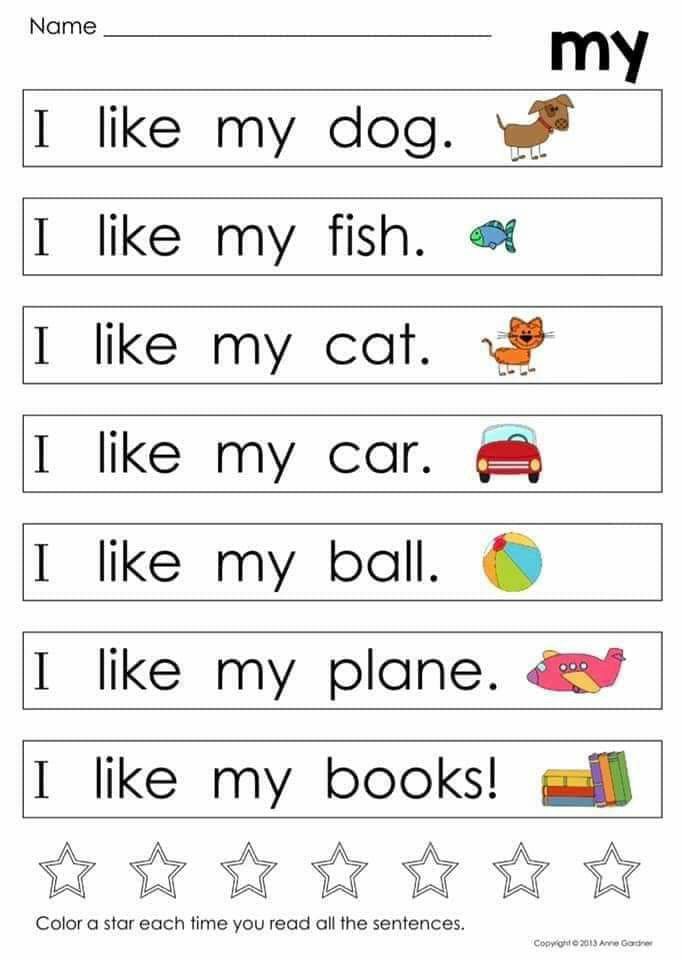 Even before your child is able to sound out words, you can have her read along with you.
Even before your child is able to sound out words, you can have her read along with you.
When you read familiar books together, let your children say the words they know. I am sure you have at least a couple of books your children ask you to read over and over. “The Little Blue Truck” was a favorite in our home. We read it hundreds of times, and both of my kids loved saying the animal sounds as we pointed to the words.
Rebus Readers
Rebus readers fit perfectly with this concept of reading along with a parent. In case you are not familiar with them, check out “Pig Out” from the All Aboard Picture Readers series or “We Love Our School” by Judy Sierra. The sentences in Rebus readers include words and pictures which makes them a wonderful stepping stone on the road to learning to read books. Your child will be able to read along with you by naming the pictures, which helps her understand that the words we speak are connected to the “symbols” in a book.
Letter Sounds
Beyond reading to and with our children, research tells us that clear and explicit phonics and word study is what helps them learn to read.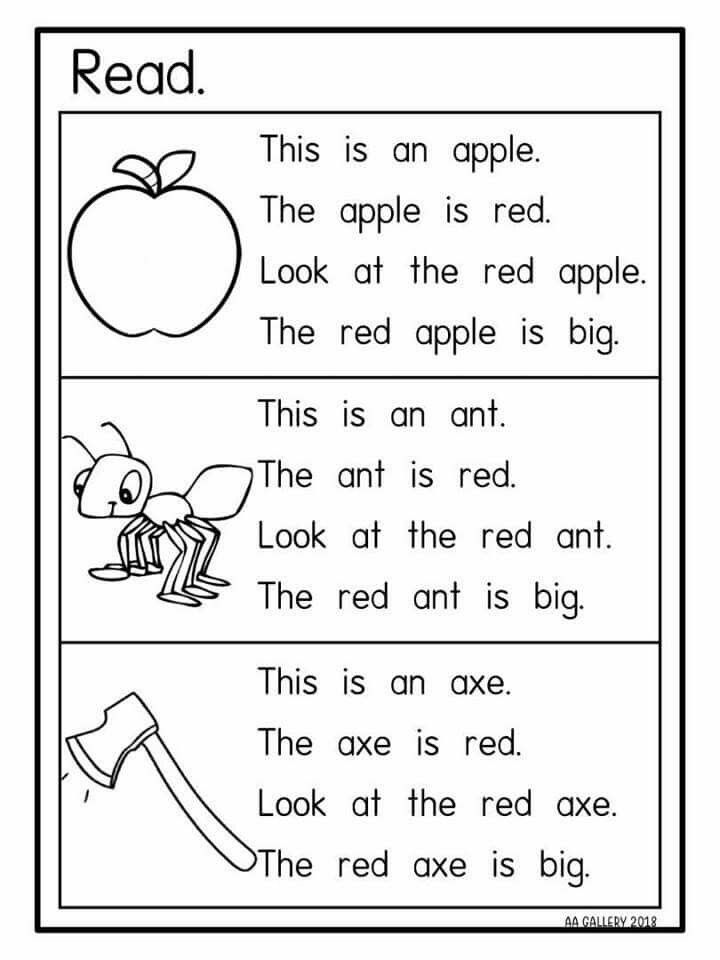 You want to introduce letter sounds at the same time as the alphabet. I love to keep learning sounds and letters fun and engaging with ABC games and activities.
You want to introduce letter sounds at the same time as the alphabet. I love to keep learning sounds and letters fun and engaging with ABC games and activities.
If you have a busy toddler or preschooler you might enjoy Tad’s Fridge Phonics by Leapfrog as much as I did. It would entertain my kids long enough for me to prepare dinner and they practiced letters and sounds while they played. Definitely a win-win all around.
I love to include all senses into children’s learning whenever possible. The ABC See, Hear, Do book series does a phenomenal job with this! This multi-sensory approach to learning letter sounds and blending first words is a complete game-changer for preschoolers! It makes learning how to read fun and engaging for your beginning reader.
As you can see, so much happens before your child is ready to read books. While you play games, sing, rhyme, and read together make sure you observe your child, wait for her curiosity, and let her take the lead. Your child will show you when she is ready to take the next step.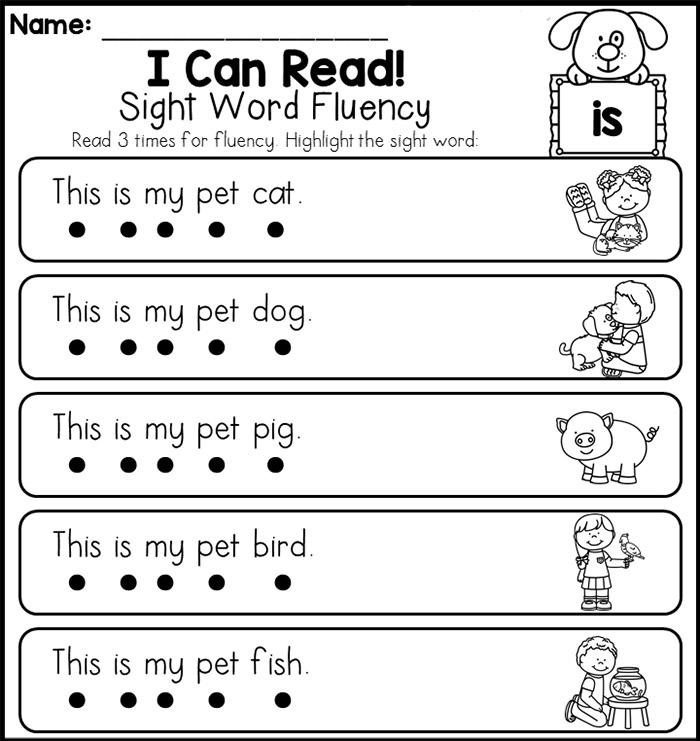
When my own children were learning to read books, I selected materials that followed systematic phonics and included only a small selection of sight words within the text. Many so-called “phonics readers” actually do not follow this concept well. So my advice is to be picky with the books you use when your child starts to read.
Books to Teach Reading
My son and I enjoyed working through “Teach Your Child to Read in 100 Easy Lessons” together. This book lays each lesson out well and is very simple to follow. Your child will learn to read books while you complete lessons day by day. It is hands down one of my favorite books to teach reading! A drawback is that the methodology can seem repetitive and not very engaging. Instead of skipping parts of the book, simply take breaks and substitute with other phonetic readers before you continue on.
BOB Books
Both of my children loved the Bob Book Series. We own all sets and read them along with the 100 Easy Lessons book.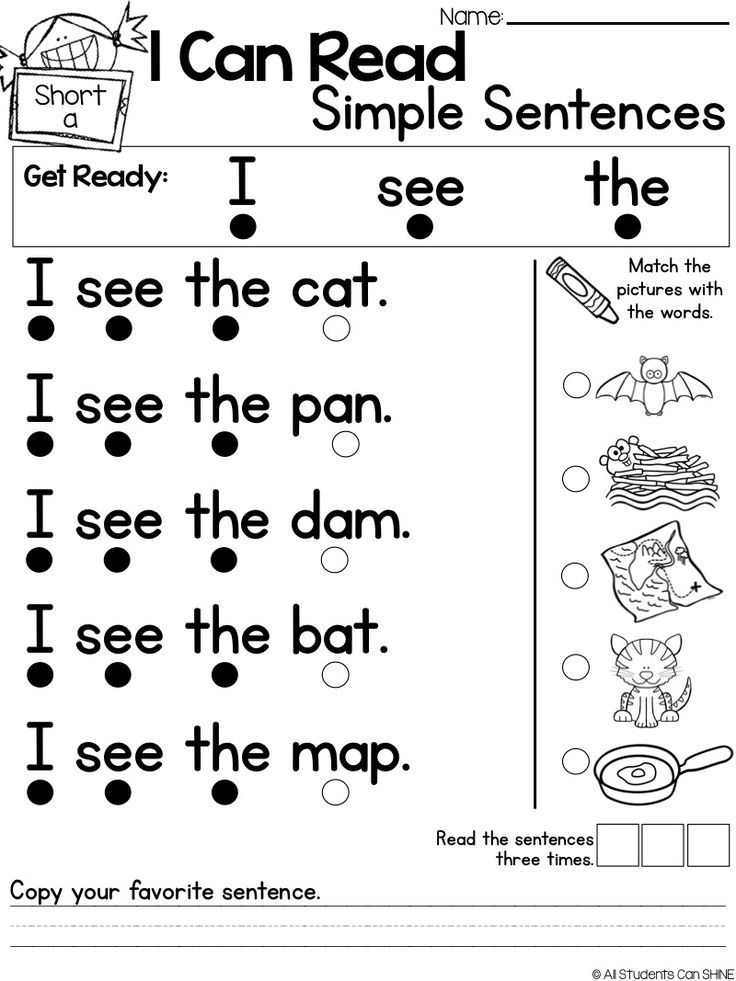 This “Learn to Read with Bob Books” set even includes an activity book. The twelve books in this first series focus on letter sounds, and building up children’s confidence to say “I read the whole book! “. Consistent vowels and slightly longer stories ensure that your child has mastered the basic phonics with this reading foundation set before they advance. All series include a parent book. Make sure to utilize it to guide you and your child!
This “Learn to Read with Bob Books” set even includes an activity book. The twelve books in this first series focus on letter sounds, and building up children’s confidence to say “I read the whole book! “. Consistent vowels and slightly longer stories ensure that your child has mastered the basic phonics with this reading foundation set before they advance. All series include a parent book. Make sure to utilize it to guide you and your child!
Phonics Books
Another easy beginner phonics series is “Simple Phonics Books” to allow a child to gain confidence at their own pace”. If your child struggles to connect with the plain illustrations and look of BOB books, then this series is another great option for you. The first set of five books uses simple phonics words consisting of consonant – vowel – consonant and minimal sight words, without punctuation and relates clearly to the witty illustrations.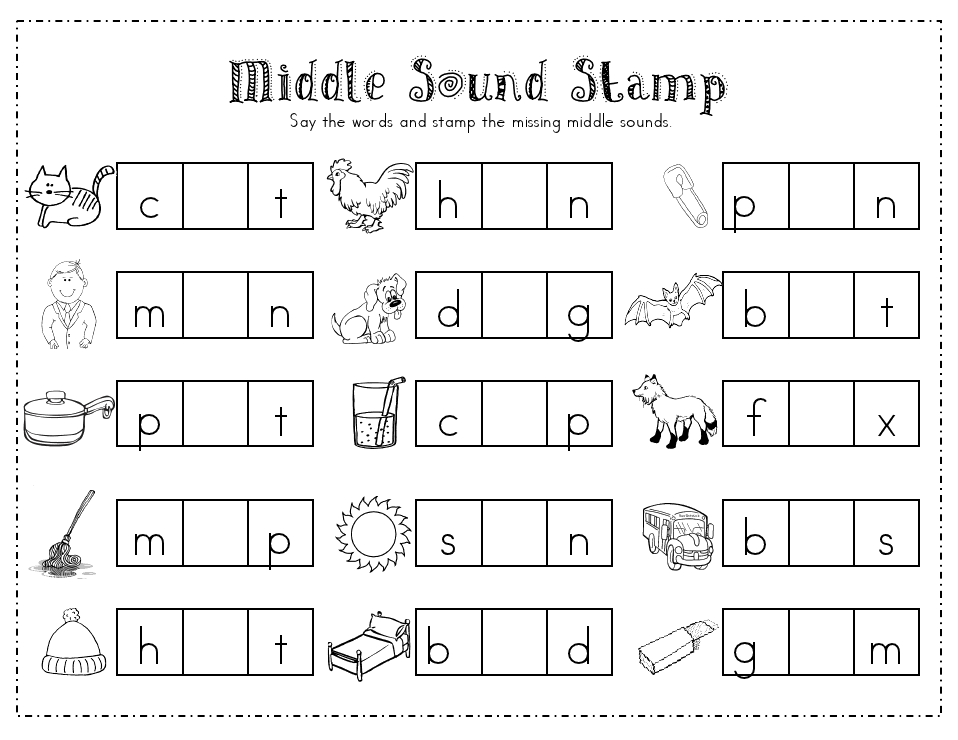 Follow it up with set number 2 which keeps the storylines similar, but introduces punctuation and more complex words.
Follow it up with set number 2 which keeps the storylines similar, but introduces punctuation and more complex words.
Guiding your children as they are learning to read books is a joy!
Remember to observe, let them take the lead, and most of all, whatever you do, keep it fun! Learning to read can be filled with fun, games, laughter, silliness, and lots of bonding time between you and your little ones.
For some great book lists to read aloud to your child, we recommend these:
Best of Books
- Best Books About Farm Animals
- Best Ocean Books for Kids
- Best Read-Aloud Preschool Books
- Best Rhyming Books for Kids
- Best Yoga Books for Kids
- Best Friendship Books for Kids
Books for Social/Emotional Growth
- Powerful Preschool Books that Celebrate and Accept Differences
- Books on Kindness
- Books that Teach Gratitude and Thankfulness for Kids
- Author
- Recent Posts
Marion Bartlett
I'm Marion, and I'm a 1st Grade ESL teacher of seven years with a huge passion for everything literacy turned stay-at-home mom to my two amazing kids.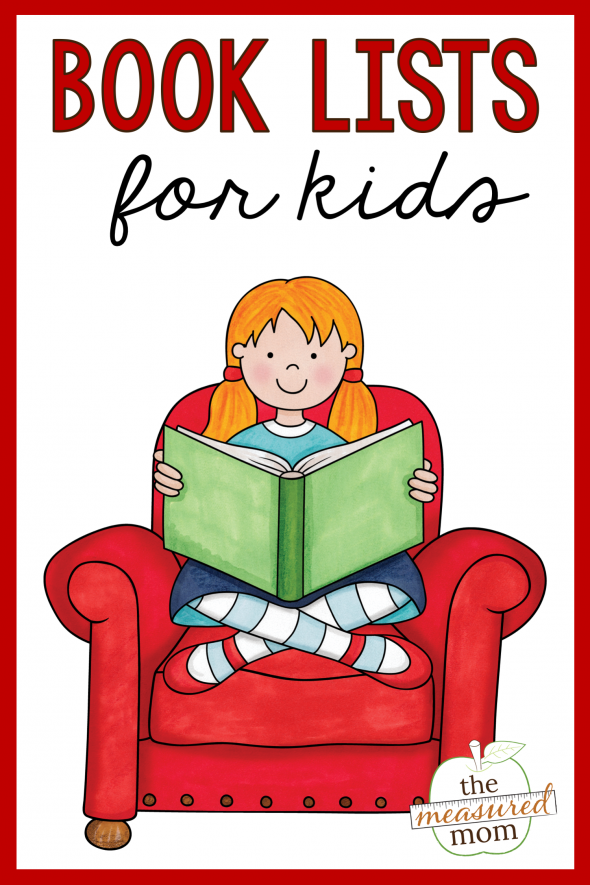
I love filling my home with books, music, games, and hands on learning.
Latest posts by Marion Bartlett (see all)
Learning to Read - Free Kids Books
Search:
Sort by: Popular Date
A fun rhyming book for young children and a perfect early reader. Bookbot provides a series of decodable readers for children learning to read. See more of BookBots books at www.bookbotkids.com/phonics-books. or here on Free Kids Books below:
Reviews (3)
Turtle Dove a lovely story about what a turtle dove can and cannot do. This simple early reader features a series of phrases with simple verbs and nouns related to a turtle dove’s activities. This book is rated as an English Level 1 story, suited for young early readers who want to learn how to …
Reviews (7)
The BIG Red Balloon Have you seen the BIG red balloon? Oh NO! Where could it be? Where is the beautiful big red balloon? This book is perfect for young readers and beginner English learners to improve their vocabulary and learn new words.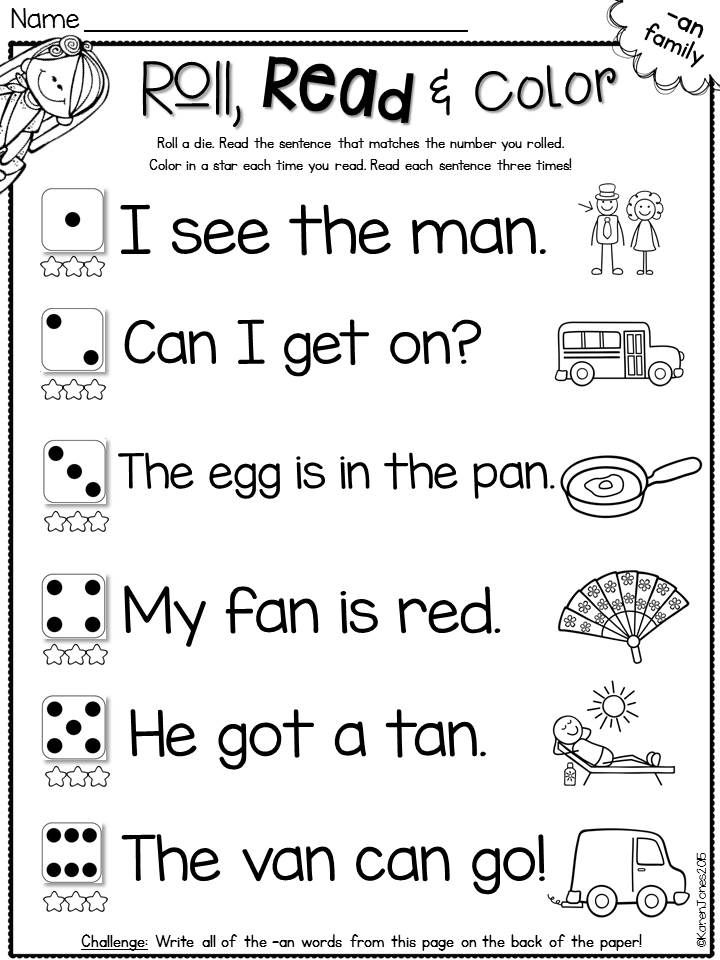 The book provides a rhyming repetition of sentences then adds a new …
The book provides a rhyming repetition of sentences then adds a new …
Reviews (5)
¿Cuáles son los colores? is the spanish version of 7 Colours Of A Rainbow. In this picture book young children will learn the different colours of the rainbow and where these colours could be seen in everyday life. Perfect for young children to learn new words and name and identify colours. This is a Spanish Level …
Reviews (1)
I Like to Read – A short story about a boy who wants to read a book to someone but everyone is busy and unavailable, will he ever find a way to read? This is an English Level 1 Book brought to us by Story Weaver Pratham Books. I Like to Read is perfect for …
Reviews (1)
Bo Go Up is one in a series of a single letter, three letter, and, two letter stories from Bo Books. If you were learning to read a new language, you’d start with short words. When we teach children to read, we should do the same.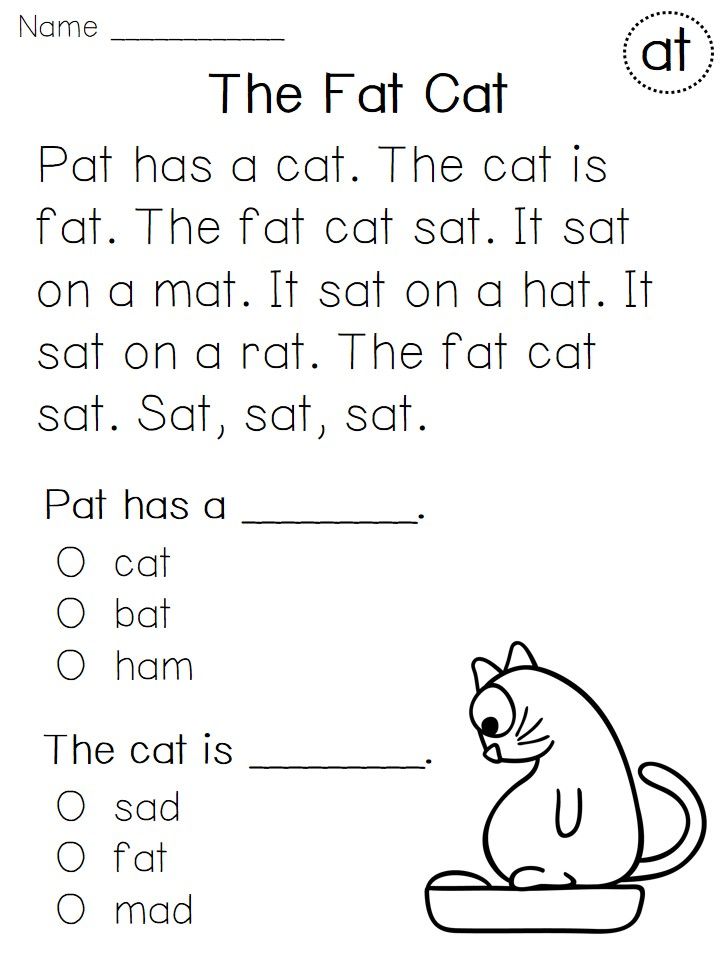 Bo Books teaches children to read using short words …
Bo Books teaches children to read using short words …
Reviews (2)
In the My Name is in the Story series, Clark Ness is back with these entertaining personalised early readers which can be – or ARE adapted to the child’s name! This collection is boys personalised stories, with the male pronoun, see also his collection for girls. Children love stories about themselves and they will enjoy …
Reviews (1)
In the My Name Is In This Story Stories and eBooks series, Clark Ness is back with these entertaining early readers which can be – or ARE adapted to a child’s first name! Children love stories about themselves and they will enjoy reading these girls personalised stories and ebooks. Every collection featured (64 stories and 6 ebooks in total!) …
Reviews
Clark Ness has an amazingly large set of learning to read books available. His site includes literally thousands of easy readers, phonics based readers, sight word books, and much, much more.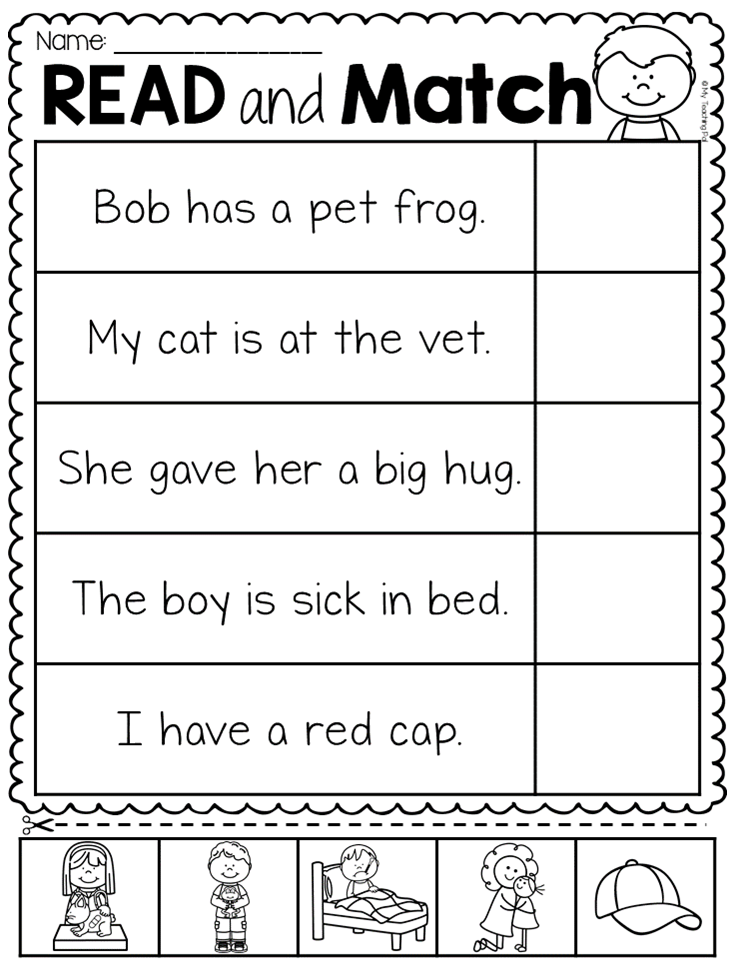 This set here is just a sample of some of his work using the open dyslexic font. The set in this post contains the …
This set here is just a sample of some of his work using the open dyslexic font. The set in this post contains the …
Reviews (5)
ABC’s of Biodiversity is a truly amazing alphabet. With 260 images – 10 for each letter, each with a high quality photograph, but the amazing thing is what is featured for each letter. Older children learning to read will have fun both learning to sound out words that are unlikely to be familiar to most …
Reviews (7)
Books that will help a child learn to read
For some, summer is a long-awaited separation from school, while others just have to gnaw at the granite of science within its walls. To make “nibbling” easier, you need to think now about how to “sharpen your teeth” and stock up on other, no less useful, skills. There are three months of vacation ahead, which means there is time to pull up the tails. We help with advice, share tricks, read books…
petrushki.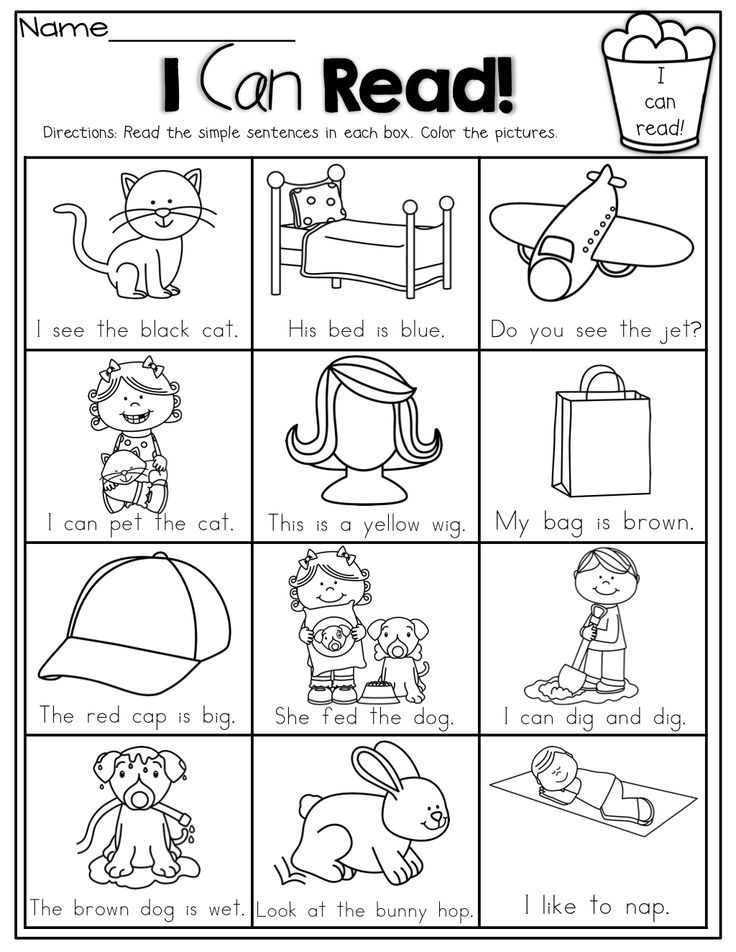 net
net
Just imagine how much easier your life will be when your child learns to read! Help him fall in love with reading, and you will have more free time, and your child will have a true devoted friend for many years to come. We have collected books for preschoolers that will help them learn to read without the tedious “Ma-ma we-la-ra-moo”, but with fun tasks and games.
Olga and Sergey Fedin: How to teach a child to read
Age: 4-5 years.
The authors of the book advise parents on how to make activities with a child fun and interesting. The manual is well illustrated, divided into seven consecutive steps - steps (from getting to know sounds to reading sentences).
S.A. Sushchevskaya: Texts with holes and tails
Age: 5-8 years old.
Holes are missing words and tails are unfinished sentences. Those who want to learn to read should cope with all these "wrong things".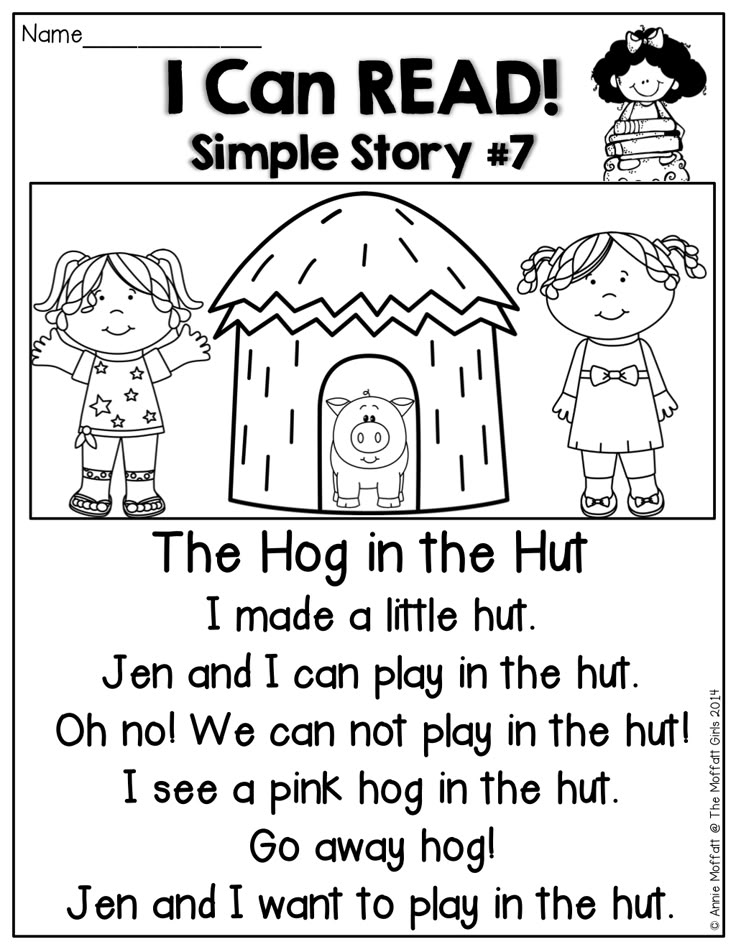 Children will have to play hide-and-seek with words, read topsy-turvy what is written completely differently in “normal” books.
Children will have to play hide-and-seek with words, read topsy-turvy what is written completely differently in “normal” books.
The author uses a "cunning" technique to teach reading. Syllables in words are highlighted in color - this is how the integrity of the word is preserved and the child learns to read smoothly and smoothly. Mechanical reading turns into a meaningful and exciting activity.
For children who do not read or read poorly, this book is suitable for developing the skill of coherent speech. The book has a lot of different tasks, it can be used by both parents and teachers, speech therapists.
O. Soboleva: Favorite primer
Age: 4-6 years old.
Unusual techniques for emancipating children's speech. The book is amazingly kind, imaginative and funny. The kid will be very easy and very interesting.
Sofia Axelrod: I'm learning to read! 40 fun stories to help your child learn to read
Has your little one already learned the letters and started reading by syllables? This book is just what the doctor ordered.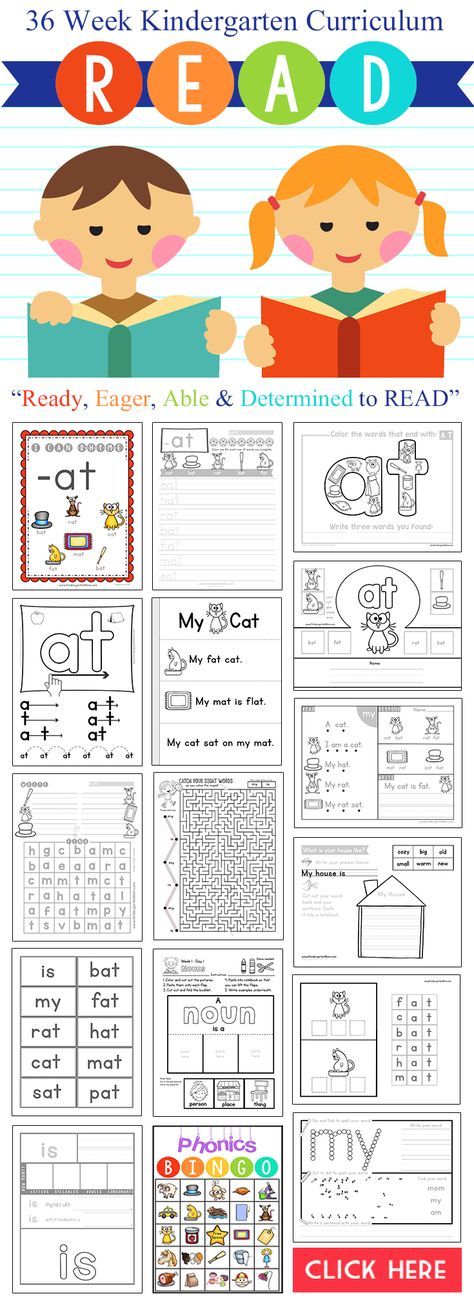 Exactly forty funny and informative stories were written by an experienced methodologist with twenty years of experience especially for children who have already mastered reading by syllables and are ready to move on to reading real texts.
Exactly forty funny and informative stories were written by an experienced methodologist with twenty years of experience especially for children who have already mastered reading by syllables and are ready to move on to reading real texts.
The book offers guidelines that will help parents make the process of teaching their child to read an exciting and joyful experience.
Elena Yanushko: Case with words. About continuous reading and games with words
Age: 4-7 years.
There are three A4 books in the “suitcase”. Before taking on the texts, it’s worth playing with letters and words and figure out why mom is smart, how she washed the frame and where she bought the cat. These books will teach the child to "merge" everything - letters into syllables, syllables into words.
Alexander Grebenkin: Living alphabet
Age: 4-5 years old.
This alphabet is really alive - domestic and wild animals and birds will help children learn the letters.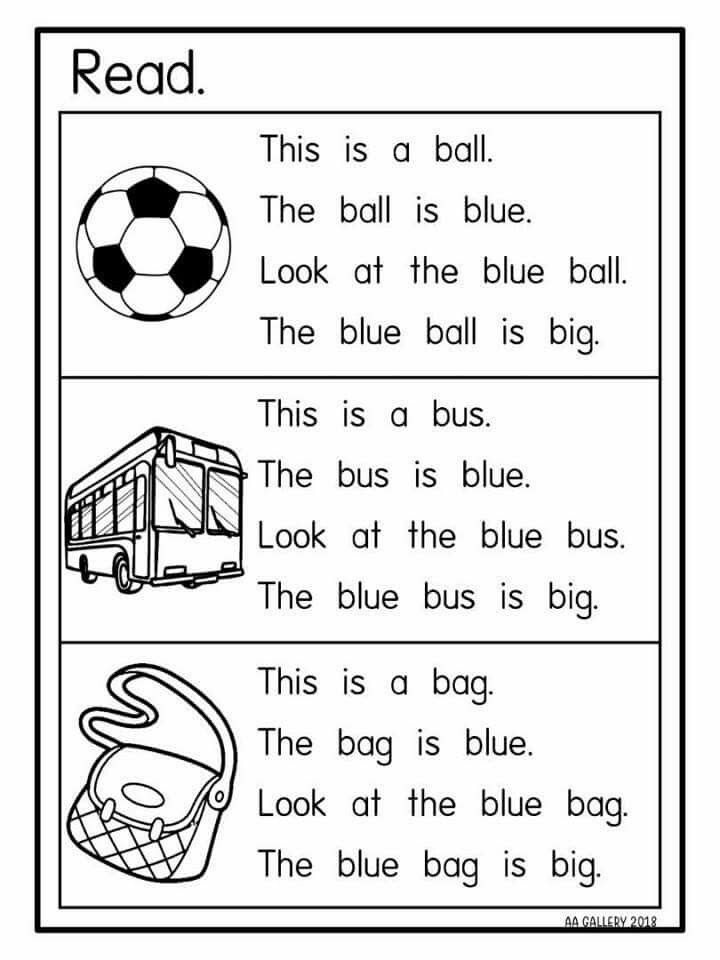
Dear readers! Tell us in the comments what books helped your children learn to read.
How easy it is to teach a child of 4-6 years old to read - the best methods and exercises there is no ready answer, but we want to immediately warn against two misconceptions:
-
"You don't have to teach your child to read at home, they will teach you at school anyway." Yes, they will. But remember: the first year at school is the most intense in all 11 years of study. For some 4-5 months in the 1st grade, the child goes through the alphabet "from" and "to", learns to read, write, and the rest of the time he studies the basics of the Russian language. Therefore, it will be great if he has a reading skill before school. This will reduce the burden on the child.
-
"There is no time to waste - the sooner the baby begins to read, the better." All children are different and develop at their own pace.
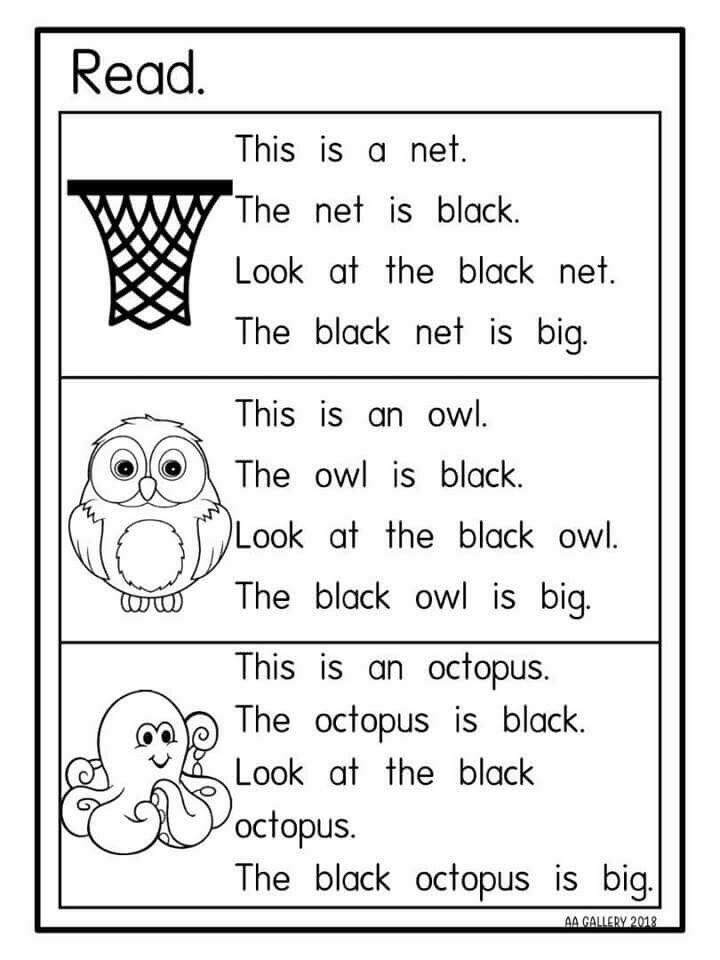 Therefore, you should not impose teaching reading to a preschooler as soon as he is 4-5 years old, if the student himself does not yet show interest in this activity. Instead, you can begin to develop an interest in reading through bright and engaging books. A good option would also be games that involve letters.
Therefore, you should not impose teaching reading to a preschooler as soon as he is 4-5 years old, if the student himself does not yet show interest in this activity. Instead, you can begin to develop an interest in reading through bright and engaging books. A good option would also be games that involve letters.
The indicator to be guided by is not the age of a preschooler, but his speech skills.
It's time to learn to read if...
If the speech development of a preschooler proceeds without gross violations. Let's figure out what criteria will help you find out if a child is ready to learn to read:
-
Understanding addressed speech. The kid must understand sentences, phrases, individual words that others around him turn to.
-
Vocabulary.
 The more words a child knows, the better he will understand what he read. It will also help him communicate with adults and other children.
The more words a child knows, the better he will understand what he read. It will also help him communicate with adults and other children. -
Grammar. The ability to correctly build sentences, select and change words is important for children who are learning to read.
-
Pronunciation. For learning to be effective, the child must know how to pronounce words without gross errors.
Remember: at preschool age, a child may have minor flaws in grammar and pronunciation - this is normal. Over time, these violations will be corrected, and they should not be considered an obstacle to reading. But if the baby is not yet very confident in speaking, do not rush him to read - this will not help develop speech, but only demotivate.
Practicing child psychologist Ekaterina Murashova
Free course for modern moms and dads from Ekaterina Murashova. Sign up and participate in the draw 8 lessons
Sign up and participate in the draw 8 lessons
How to make reading easier for preschoolers
-
Praise more and never scold
It's hard for us adults to imagine how difficult it really is for a baby to learn from scratch such a complex skill as reading. After all, being able to read means being able to correlate a sound with a letter or a combination of letters, connect sounds, understand the meanings of the words read and the meaning behind the text.
If parents take the child's progress for granted and express dissatisfaction when the child does not understand something, this will not push the future student to development, but will only complicate the process. Therefore, it is important to praise for small victories: I learned the letter that was passed last time - great, I coped without my father's help with the word as much as two syllables - clever.

Do not take failures as a consequence of the negligence of a little student. When a child does not understand the first time, this is an occasion to look for another explanation or give more time to practice. If you feel tired and irritated, you should stop the activity and return to it in a good mood.
-
Exercise little but regularly
Do not expect perseverance and a desire to spend hours figuring out unfamiliar letters from your baby. It is difficult for preschoolers to keep their attention in a lesson for more than 25 minutes, and even such small classes should be interrupted with physical education minutes and games so that the child does not get bored. This is exactly how Skysmart prepares for school: 25-minute classes with breaks for outdoor games.
But regular practice is important - much more important than the duration of the session.
 And it doesn’t have to be just lessons: you can look for familiar letters on signs during a walk, on a door plate in a children’s clinic, on a package of your favorite corn flakes.
And it doesn’t have to be just lessons: you can look for familiar letters on signs during a walk, on a door plate in a children’s clinic, on a package of your favorite corn flakes. -
Read books aloud
In a series of studies conducted by Dr. Victoria Purcell-Gates among five-year-olds who could not yet read, those children to whom their parents read aloud regularly for two years, expressed their thoughts in more literary language, built longer phrases and used more complex syntax.
In addition, reading aloud with adults contributed to the expansion of the children's vocabulary, as parents explained the meanings of new words that children did not encounter in everyday life.
Expert Opinion
According to neuroscientist Marianne Wolfe, book evenings with parents help develop a love of reading because the child establishes a connection between reading aloud and feelings of love and warmth.
Discuss read
The role of communication in teaching literacy cannot be overestimated. At first, it is important to ask if the future student is interested, if he is tired, what was remembered from the lesson. When a preschooler learns to read coherent texts, be sure to ask questions about their content.
It's great if the child reads on his own and without the prompting of the parents, but even in this case, do not deprive him of the opportunity to discuss what he read with you. For example, you might ask:
-
Which of the characters do you like?
-
Do you think this character is like you? Would you like to be like her?
-
What would you do if you were a hero?
-
Why did the described event happen? How are these two events related?
-
How did what you read make you feel?
-
What do you remember most from what you read?
-
What do you think the author wanted to teach? Why did he write this? Do you agree with the author?
-
-
Go from simple to complex
From the correspondence between sounds and letters to syllables, from short words to longer and more complex words. It would seem that this is obvious, but no: sometimes parents are so happy with the success of the child at first that they push him to study more complex topics than he is ready to accept. Of course, the program should adapt to the future student, but you should not skip steps, even if the child is making progress.
There are methods that offer to teach a child to read by memorizing whole words.
 Alas, experiments show that such techniques generally work worse. For example, a group of scientists from the United States came up with an artificial alphabet and offered subjects to learn it, and then read the words written using this alphabet. At the same time, some subjects were immediately explained the principles of correspondence between sounds and letters, while others had to derive reading rules on their own based on whole words. It turned out that the first group copes with reading new, previously unfamiliar words better than the second.
Alas, experiments show that such techniques generally work worse. For example, a group of scientists from the United States came up with an artificial alphabet and offered subjects to learn it, and then read the words written using this alphabet. At the same time, some subjects were immediately explained the principles of correspondence between sounds and letters, while others had to derive reading rules on their own based on whole words. It turned out that the first group copes with reading new, previously unfamiliar words better than the second. Therefore, we advise choosing those teaching methods that involve clear instructions about the relationship between sound and letter - and this is especially important for those children who have difficulty reading. Below we have compiled a few of these techniques that you can use to teach your preschooler at home.
It is important to select questions individually, based on the age of the child.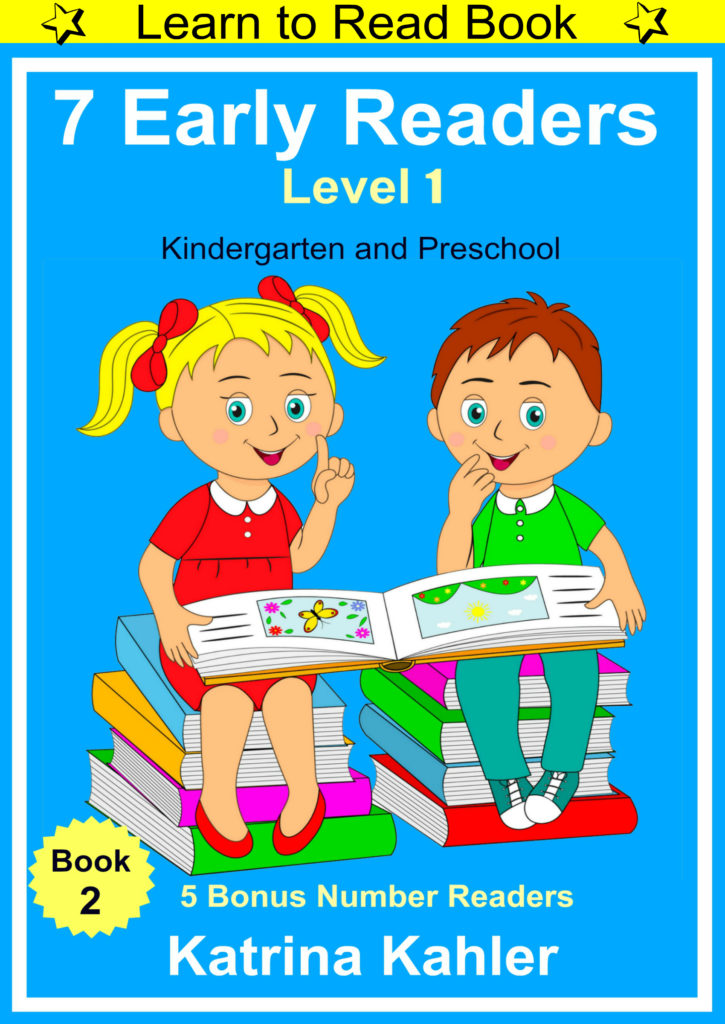 With younger children, discuss everything together, ask simple questions, direct their attention to some facts. The complexity of the questions should increase in proportion to the age of the child. The older he is, the more difficult the tasks should be, and the questions can already affect the "reflection" of their feelings and experiences.
With younger children, discuss everything together, ask simple questions, direct their attention to some facts. The complexity of the questions should increase in proportion to the age of the child. The older he is, the more difficult the tasks should be, and the questions can already affect the "reflection" of their feelings and experiences.
Methods of teaching preschoolers to read
Warehouse reading
The way to teach a child to read through warehouses was actually used in Rus', but for modern parents this technique is associated with the name of the philologist Nikolai Aleksandrovich Zaitsev.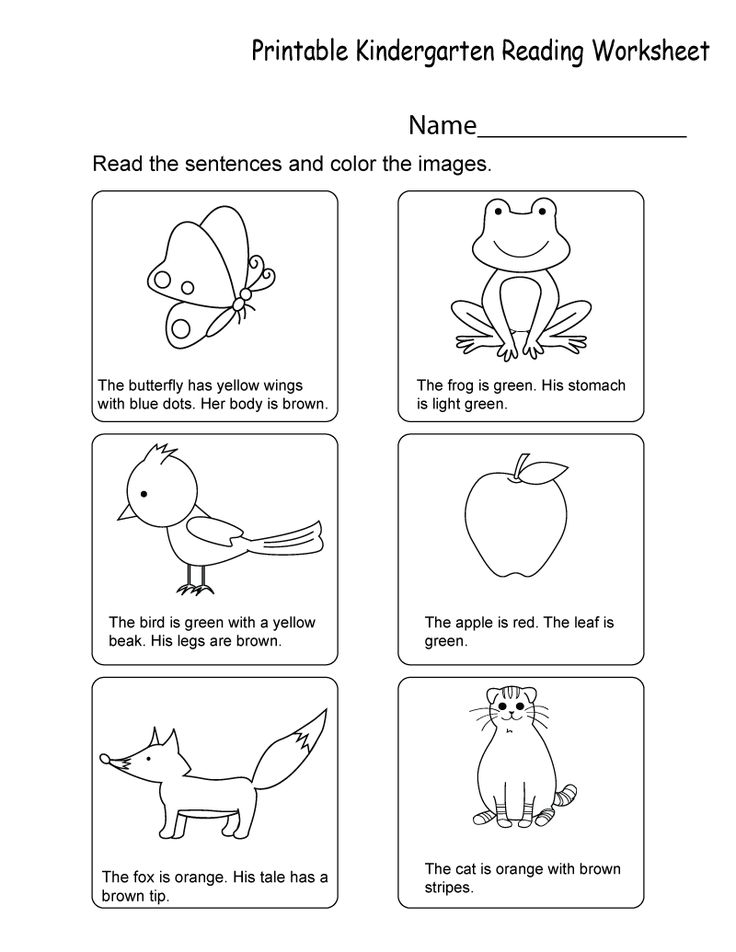
Zaitsev suggests not focusing on the study of individual letters, as it can be difficult for students to understand how letters can merge into syllables and words. Teaching a child to read by syllables is also not always easy: one syllable can be quite long ( shine, ruble ), and the boundaries of syllables are not obvious ( Lun-tik or Lu-ntik ?). Therefore, in Zaitsev's methodology, a warehouse is used as the main unit.
Warehouse can be a combination of a consonant and a vowel (pa-pa, ma-ma), a single consonant or vowel (de- d , i-s -li, A -le-sha), as well as a combination of a consonant with a hard or soft sign (ma- l -chi-k, po- d -yem).
In order for a preschooler to understand the differences between the recording of voiced and soft, vowels and consonants, different types of warehouses have their own cube size, color and content, thanks to which the cubes sound when they are shaken.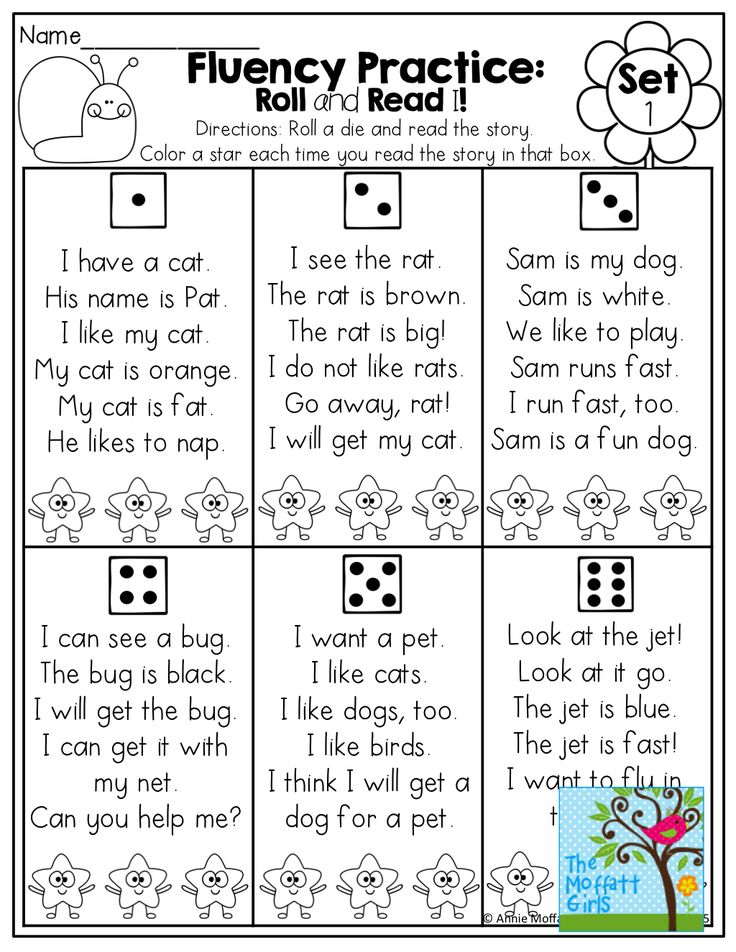 Cubes affect several channels of perception at once, and warehouses should not just be pronounced, but sung - this way, according to the author of the methodology, learning is more interesting and effective.
Cubes affect several channels of perception at once, and warehouses should not just be pronounced, but sung - this way, according to the author of the methodology, learning is more interesting and effective.
One of the advantages of the technique is that children willingly play with blocks themselves, and the process of learning to read becomes active, mobile.
Syllabic reading
This technique, according to some sources, was developed by the Romans. Later, Nadezhda Sergeevna Zhukova, a Soviet and Russian speech therapist, created a primer based on it. In it, she built her own system in which sounds and letters are sequentially introduced into speech.
Due to the fact that the concept of a syllable is introduced at an early stage, it is faster and easier to teach a child to read syllables together. By the way, as in Zaitsev's technique, it is proposed to sing syllables, and not just pronounce them.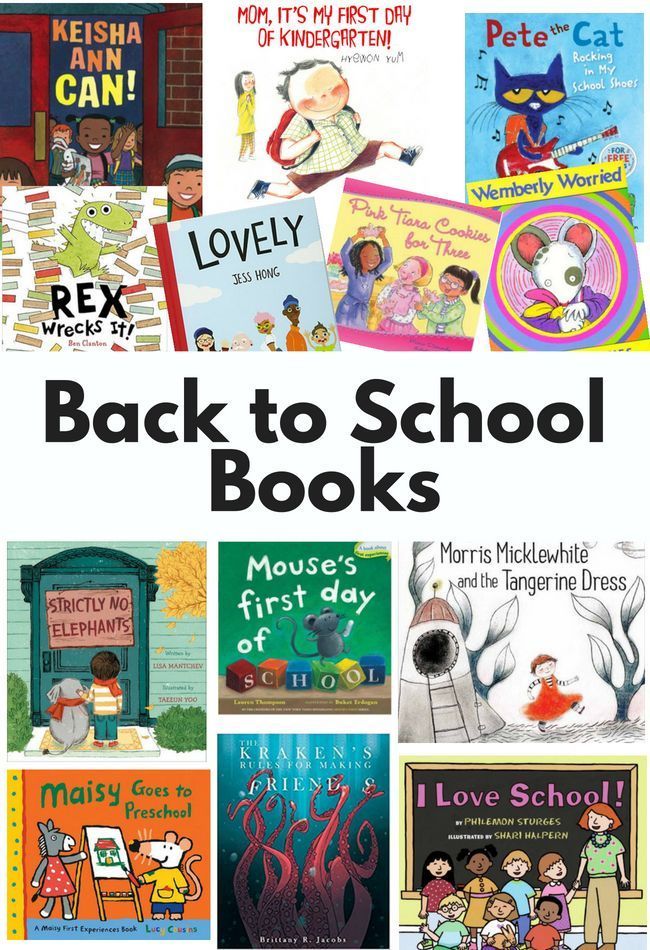
Based on the syllabic method, Zhukova developed a set of teaching aids - copybooks, copybooks and a book for reading. Benefits will help teach children to read correctly 6 and 7 years old at home.
Both techniques for teaching preschoolers to read are used in the Skysmart Ready for School course. The course consists of two stages: first, children get acquainted with letters and warehouses, which allows them to quickly start reading simple words, and then they learn what a syllable is. Gradually, we introduce more complex syllabic constructions, move on to reading phrases and sentences.
Sound analytical-synthetic teaching method
This method originated in the USSR and is still considered the main one in Russian schools and kindergartens. It was developed by the Soviet teacher and Russian language methodologist Voskresenskaya Alexandra Ilyinichna.
Same as N.S. Zhukova, Voskresenskaya proposed her own order in which children should learn letters and sounds. The principle of this sequence was that the child first learned the letters that can be combined into simple syllables, and then moved forward in the level of complexity. As a result, children learn syllables in this order:
The principle of this sequence was that the child first learned the letters that can be combined into simple syllables, and then moved forward in the level of complexity. As a result, children learn syllables in this order:
-
Two-letter syllables (including one consonant): am, ma, ra, etc. and simple words from them: ra-ma, ma-sha, Pa-sha, etc.
-
Three-letter syllables with a central vowel: poppy, lat, etc.
-
The combination of the first two stages into words: sa-lat, earth-la, etc.
-
Words of three syllables and six letters: az-bu-ka, ve-se-lo, etc.
-
Words of two syllables and six letters: question-ros, tea-nick, etc.
-
Words with a combination of vowels at the beginning and end of a word: chair, March, etc.
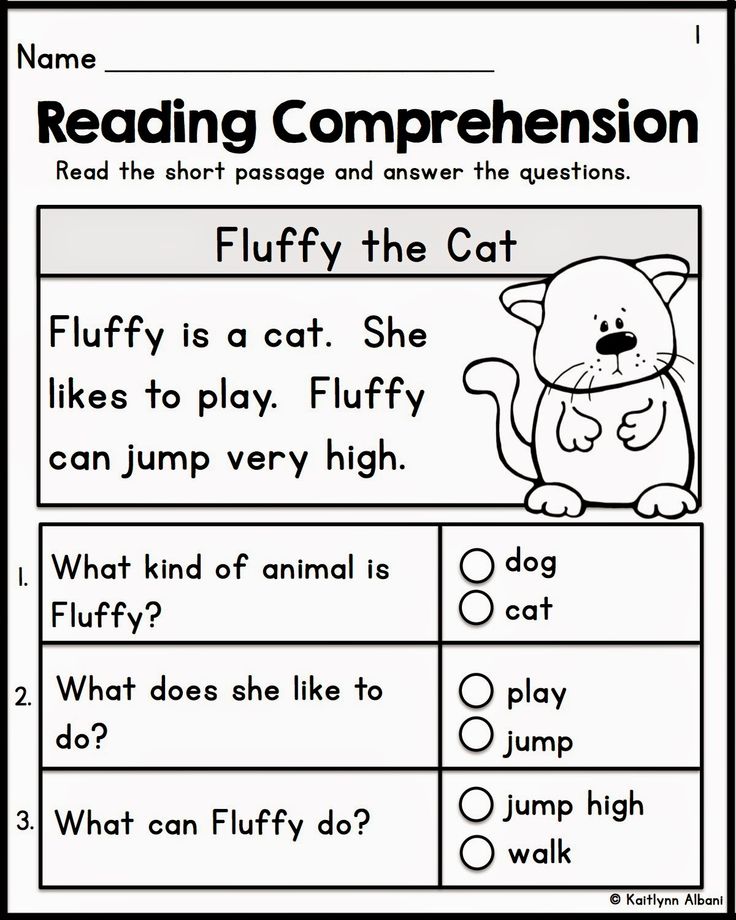
In this way, children simultaneously prepare for more complex syllables at each stage and reinforce what they have learned earlier.
Free English lessons with a native speaker
Practice 15 minutes a day. Learn English grammar and vocabulary. Make language a part of life.
Exercises for learning to read
Learning to read, as a rule, takes place in several stages. First, the child listens to the sound, visually remembers the letters. Different games will help with this, where you need to look for letters, invent words, etc. When this stage is over, you can move on to syllables and games to work them out. And only after that it will be possible to proceed to words, and then to sentences and texts.
Letter memory exercises
The first step is to teach your child to recognize letters. To do this, you can use pictures with hidden letters. We use such exercises in the preparation for school lessons in Skysmart.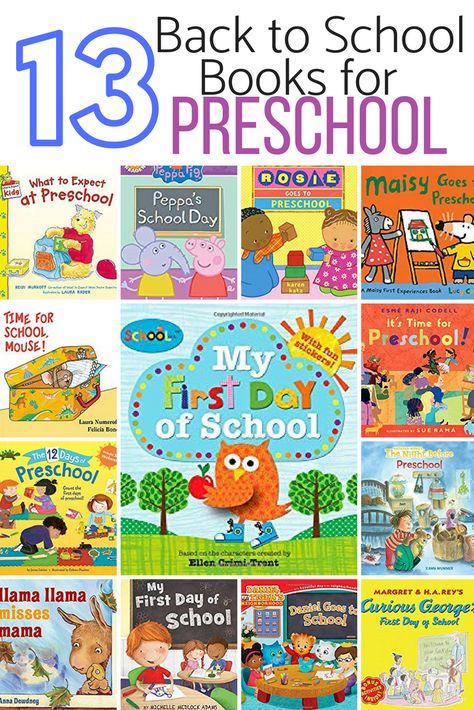
Ask your child to identify what letter a word begins with, or name as many words as possible that begin with a certain letter.
Next, we train to distinguish correctly written letters from incorrect ones. This is also important for learning to write: preschoolers often mirror letters or distort individual elements.
Exercises for vowels and consonants
To learn how to distinguish between vowels and consonants, tasks will help you determine the sound with which a word begins.
It will also help to remember the difference between vowels and consonants and search for an extra letter.
Word Building Exercises
When your child can read short words, ask him to make a word out of letters on his own.
Composing words from syllables is convenient if you have cubes at hand, but you can also try on paper.